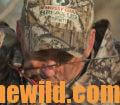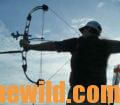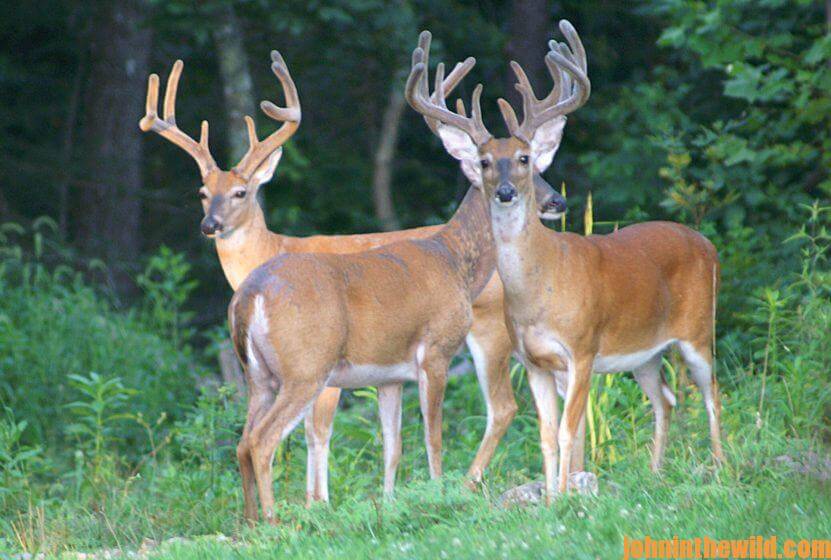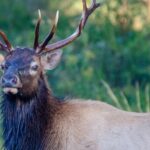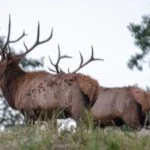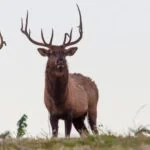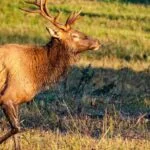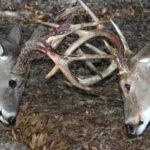Editor’s Note: Rocky Drake of Fayetteville, Tennessee, an avid deer hunter, has evolved throughout the different phases of deer hunting to become a master of the sport of bowhunting deer. He’ll tell us how to prepare for deer season before the season opens.
In June each year, I’m thinking about deer season more than I’m working to prepare for it. Since Alabama’s bow-deer season where I hunt mostly doesn’t start until mid-October, I won’t start thinking about the season and preparing for it 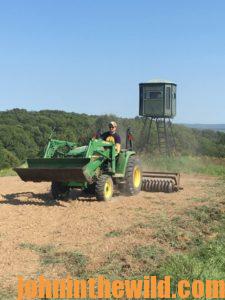 until about mid-August. The weather’s too hot before that time to do much of anything in the woods. I don’t even start planting my green fields until mid-September. But this practice may not work in other sections of the country.
until about mid-August. The weather’s too hot before that time to do much of anything in the woods. I don’t even start planting my green fields until mid-September. But this practice may not work in other sections of the country.
I plant Mossy Oak BioLogic Green Patch Plus (https://www.plantbiologic.com/) and a deer blend I get from a Farmers Co-op store. I don’t plant much corn, because you need plenty of equipment for turning, disking, fertilizing and planting corn and must rotate your crop every year. So, I plant Green Patch Plus, because I easily can kill the weeds, plow the ground, fertilize it, sow it and culti-pack it just before a rain. I only have four food plots I plant, and I’ll plant two of those plots with Green Patch Plus and the other two with a deer blend. I prefer to mix-up my green fields and use different types of plantings to give the deer a choice of what they want to eat.
I sweeten these two plantings with a mix of Australian peas, ladino clover, chicory and turnips. After I’ve culti-packed the blends, then I watch the Weather Channel on TV. When I see a rain coming to the area where my fields are, I try to top-sow these other seeds just ahead of the rain. If you don’t watch the weather and sow your chicory, ladino clover and turnips just before the rain, the birds will eat-up all the seeds, because they’ll be on the ground. I’ve found that one of the main ingredients for a productive green field is studying the weather to make sure you’ll have enough moisture in the soil to germinate the seeds once you’ve planted them.
I’ve also learned to plant the chicory, turnips and clover seeds no more than 30 yards from where I’ll hang my tree stands, to create sweet spots on the edges of my green fields. Then when I’m in my tree stand, the deer have more incentive to feed in front of that tree stand. Planting a green field is a good idea, and the bigger the green field, the more deer you’ll attract. However, as a bowhunter, I don’t want to just attract deer to my green field. I want them to focus their feeding and activity on an area within bow range. So, if you’re a bowhunter, and you plant green fields, make sure you have some of your best plantings within bow range of your tree stand.
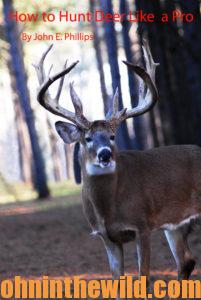
To learn more about hunting deer, check out John E. Phillips’ book, “How to Hunt Deer Like a Pro,” available in Kindle, Print and Audible versions, at (http://amzn.to/YpoQHA), or cut and paste this click into your browser.
Tomorrow: Getting Ready Physically to Hunt Deer and Continue Practicing Shooting

